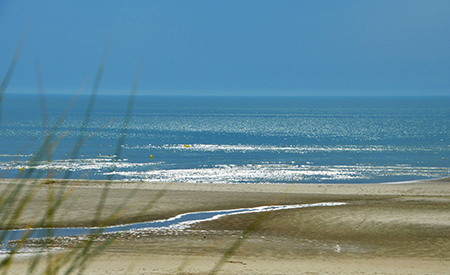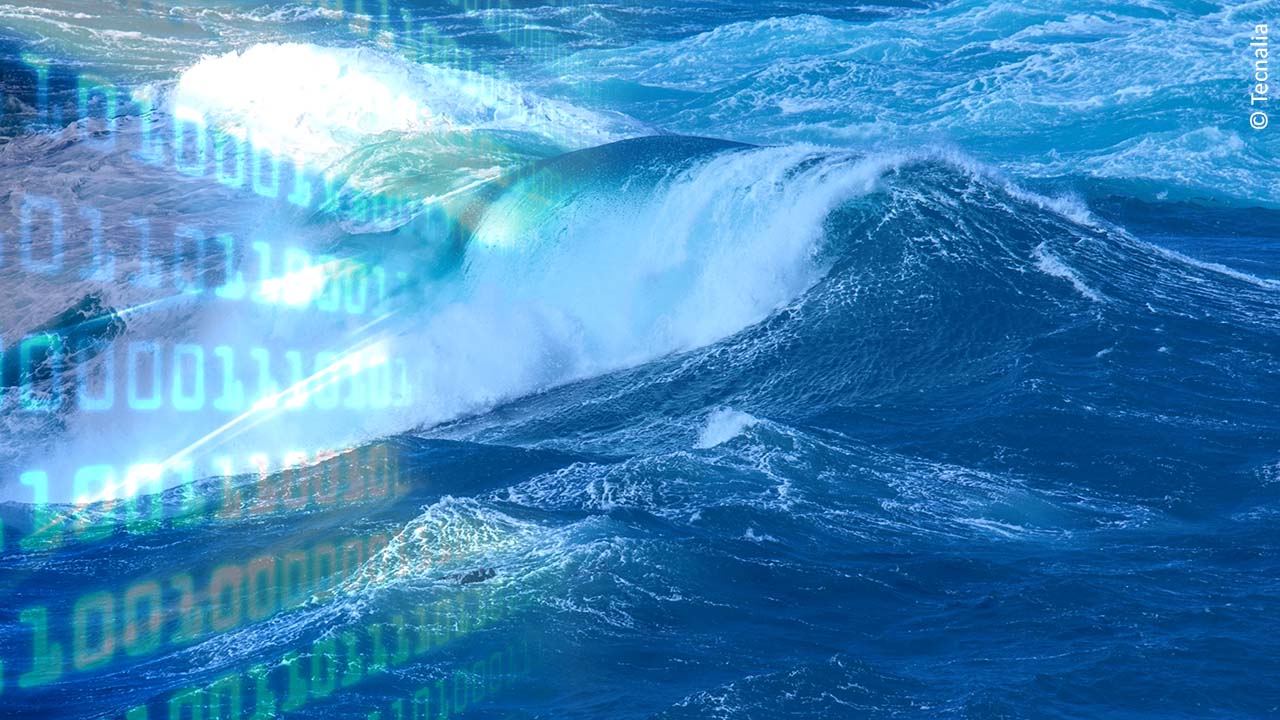/Documents/Journal Article
Type of resources
Available actions
Topics
Keywords
Contact for the resource
Provided by
Formats
status
-

This article studies the feasibility of combining a spar-type offshore wind turbine - inspired by Hywind - and a wave energy converter - inspired by Wavestar - by performing numerical simulations in operational conditions
-

This study investigated the effects of a spatial closure during the exploitation phase of an offshore wind farm in the extended Bay of Seine (English Channel, France) using Ecospace, a spatially and temporally explicit module of Ecopath with Ecosim.
-

This paper presents the assessment of potential impacts of changes in species distribution by climate change on the extended Seine Bay ecosystem.
-

Cost reductions in nascent forms of Renewable Energy Technology (RET) are essential for them to contribute to the energy mix. Policy intervention can facilitate this cost reduction; however, this may require a significant investment from the public sector. These cost reductions fall into two broad categories: (1) incremental cost reductions through continual improvements to existing technologies, and (2) radical innovation where technologies that significantly differ from the incumbents are developed. This study presents a modelling methodology to integrate radical innovation in RET experience curve and learning investment analysis, using wave energy as an example nascent RET. This aims to quantify the potential effects of radical innovation on the learning investment, allowing the value of successful innovation to be better analysed. The study highlights the value offered by radical innovations in long-term deployment scenarios for wave energy. This suggests that high-risk R&D efforts in nascent RET sectors, even with low success rates, could still present significant expected value in offsetting future revenue support.
-

In this paper, the applicability of offshore mooring/foundation technologies for marine renewable energy device arrays are assessed
-
The consequences of climate change for marine organisms are now well-known, and include metabolism and behavior modification, distribution area shifts and changes in the community. In the Bay of Biscay, the potential environmental niches of subtropical non-indigenous species (NIS) are projected to expand as a response to sea temperature rise by the mid-century under the RCP8.5 climate change scenario. In this context, this study aims to project the combined effects of changes in indigenous species distribution and metabolism and NIS arrivals on the functioning of the Bay of Biscay trophic network. To do this, we created six different Ecopath food web models: a “current situation” trophic model (2007–2016) and five “future” trophic models. The latter five models included various NIS biomass combinations to reflect different potential scenarios of NIS arrivals. For each model, eight Ecological Network Analysis (ENA) indices were calculated, describing the properties of the food web resulting from the sum of interactions between organisms. Our results illustrate that rising temperature increases the quantity of energy passing through the system due to increased productivity. A decrease in the biomass of some trophic groups due to the reduction of their potential environmental niches also leads to changes in the structure of the trophic network. The arrival of NIS is projected to change the fate of organic matter within the ecosystem, with higher cycling, relative ascendency, and a chain-like food web. It could also cause new trophic interactions that could lead to competition and thus modify the food-web structure, with lower omnivory and higher detritivory. The combined impacts (increasing temperatures and NIS arrivals) could lower the resilience and resistance of the system.
-

This paper presents a first framework for OSPAR Regional Sea Convention food web indicators based on ENA. These are presented here focusing on their applicability and what is needed for implementation, illustrating their potential use by case studies.
-

The software generated by the DTOcean project automates the design of a feasible array of ocean energy converters for a relevant geographical location and technology type
-

Variability in the predicted cost of energy of an ocean energy converter array is more substantial than for other forms of energy generation, due to the combined stochastic action of weather conditions and failures. If the variability is great enough, then this may influence future financial decisions. This paper provides the unique contribution of quantifying variability in the predicted cost of energy and introduces a framework for investigating reduction of variability through investment in components.
-

This paper presents an open source framework for modeling current and future ecological niches of marine species
 Catalogue PIGMA
Catalogue PIGMA